Crashpad Guide 2022 - What You Need To Know To Find The Perfect Bouldering Pad
If you are considering buying a crashpad for bouldering, then you've come to the right place. Here you will learn the things to look for in the perfect bouldering crash pad. These factors include size and foam composition. Also, you will learn how long a crashpad will last and where to place it. You'll also learn why the foam in a crash pad is so important. What constitutes a good bouldering crash pad Crash pads for bouldering vary in thickness and stiffness. Those for medium and high-level bouldering need thicker crash pads for protection against high falls, whereas those for beginners need only thin pads. Moreover, crash pads can be stacked to increase the protection area, so you can stack them at the dangerous spots. This article will focus on the differences between the various types of crash pads. Crash pads are a vital piece of equipment for boulderers, as they're used to store their clothing and gear. BD Mondo pads have the biggest capacity for highball falls, but th
